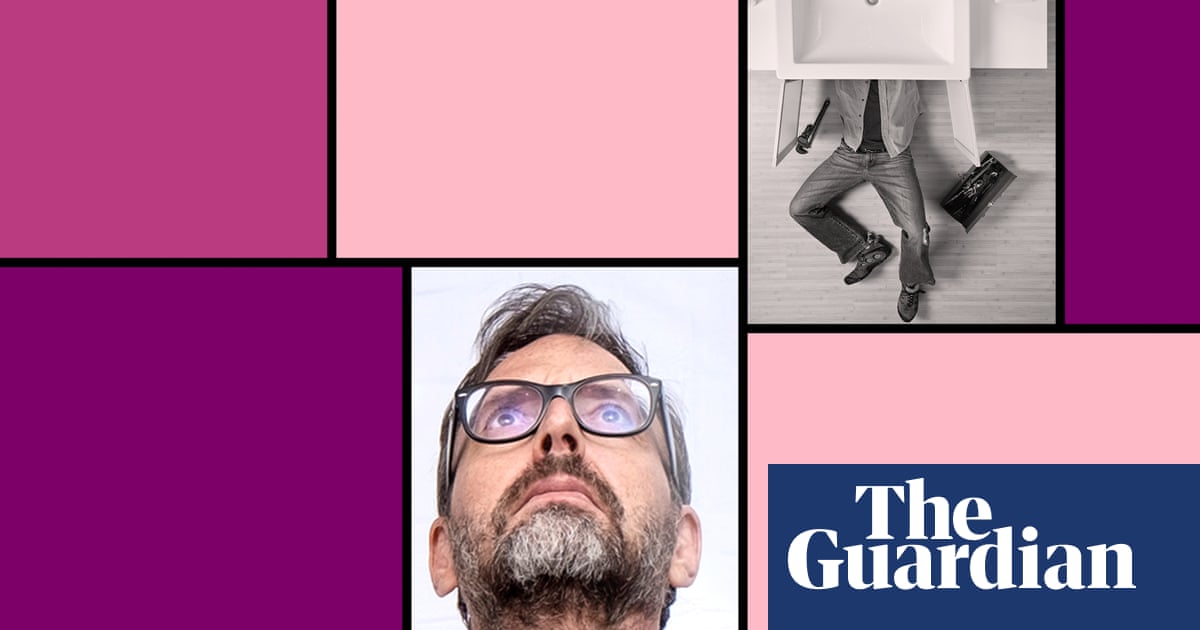
“This is your daily reminder that most of the content you see online is not the way most people live,” says sustainability influencer Sabrina Pare, in a video she posted to her 250,000 TikTok followers recently. “It is OK to be content with your simple life,” she continues as she makes her bed. “It is not normal to do massive clothing hauls, daily trips to Target and have a new outfit every day. Nor do I think it should be aspirational.”
It is one of a slew of videos that are surfacing online of people making a point of using and appreciating what they already have, or what they find on online hand-me-down groups, rather than showing new clothes acquired on the daily from Amazon or the next Stanley cup accessory, or the latest Dyson hairdryer. It’s all part of a trend aiming to encourage people to reconsider how much they consume – say hello to underconsumption core.
Also called normal core or normal consumption, the movement is about taking on an attitude of mindfulness and “less is more” at a time when overconsumption is rife and TikTok is full of content encouraging users to buy things they don’t need. Pare, who goes by @sabrina.sustainable.life on TikTok, says underconsumption core videos show items that “might not be the newest, but still work”. Underconsumption core influencers, she says, are “showing items they have upcycled, ways they reduce waste, and things they have gotten secondhand. It’s all about extending the life of your items, reducing the number of items you own, and being mindful of your purchases.” Pare has been posting frequently about underconsumption core since the middle of July, which is when she says she began seeing it popping off on TikTok. It follows the deinfluencing movement, which started last year and encouraged consumers not to buy anything. Now, creators are proudly showing the use and reuse of everyday items and clothes they’ve had for years. In another of her recent videos, Pare shows how to extend the lifespan of your knives. It’s not the most glamorous or compelling content on social media, but Pare’s videos have amassed nearly 15m likes.
Amid new “cores” popping up every day, which encourage mass consumption, underconsumption core is tongue in cheek. “The irony lies in the fact that underconsumption is a practice, while ‘core’ refers to an aesthetic,” says trend creator and Depop trend specialist Agus Panzoni. How can you under consume when there is no codified amount you are meant to consume? And what does it matter what consuming less looks like – the point of the movement is surely in the doing, rather than what that looks like aesthetically?
According to Shanu Walpita, a trend forecaster who teaches in the communications department at London College of Fashion, “underconsumption core is a memetic antithesis to a consumerist hype cycle we have become accustomed to”. It’s a viral rebranding of conscious consumerism where people are flexing “luxe” slowness. Beyond this, it reflects a growing shift in consumer behaviour. “People want to lower the quantity of clothing they’ve purchased and focus on sustainable, and mindful purchasing habits,” says Panzoni.
Underconsumption core is driven by several factors, including, “environmental awareness,” she says. “The spotlight that has been put on fast fashion and its damaging impacts, as well as the global increase in desire to buy secondhand … To quote a Brat commandment, directly from the messiah, Charli xcx: you should rewear an item to death’.” According to Walpita, defluencing, defashioning and other de/core buzzwords have been hinting at this shift in consumer mindset for a while now. “Consumers are celebrating minimalism as a form of activism,” she says.
But good intentions and “doing better” to one side, “there’s no denying acute financial and economical constraints play a part in the advancement of this trend,” says Walpita. As people have less money, many have had to foster more of a make-do-and-mend mindset.
Critics have been quick to highlight that the tenets of underconsumption core are nothing new. Although Pare says it feels good to see others posting the kind of content she has always shared – “I love this trend. I love to see how widespread it has become and how many people are participating.” – she also points out that “lower-income individuals have been doing many of the things that are shown in these videos for ages”. But rather than glamorising a certain way of living, she believes underconsumption core is normalising the way many people already live. “I think of my immigrant grandparents who don’t waste a crumb of food. They would be very happy to see this trend,” she says.
Walpita points to the ethical implications of underconsumption core. “It would be iffy to not acknowledge the fetishisation or glamorisation of poverty and class hierarchy,” she says. “The irony is that there is an element of privilege to choosing to actively lean into underconsumption and turn it into a form of viral, sharable content.” She says there’s also little acknowledgment of the fact that this viewpoint negates the communities, such as those in the global south, where these practices are common (and not necessarily linked to poverty or class) – rather, they are cultural necessities and signifiers of care.
“A lot of people are responding [to the trend] by saying this is what it is like being working class,” says Georgina Johnson, editor of The Slow Grind: Practising Hope and Imagination, an intersectional environmentalist anthology. According to Johnson, underconsumption core is missing cultural and racial nuance. In her experience, she has seen many trends besides underconsumption core take off that she considers to be inherently Black – “we haven’t had so much so we’ve learned to reuse things.” Still, she thinks it can be a positive thing. “It’s just about how it’s contextualised and who is given visibility around it.”
While Panzoni believes there are some positive implications, highlighting the way the trend promotes owning fewer possessions, she also understands why people might take issue with the way it “glamorises the experience of those who don’t have the means to not engage in underconsumption core.” But, she says, in the era of Temu and Shein, where new clothing and household items can be found at incredibly low prices, there’s a net positive in a trend that encourages us to appreciate the look of quality, well-used products.
It speaks to a wider cultural shift, with people looking for ways out of mass consumerism. “People are starting to realise that consumerism can make us feel lonely because it pushes us to seek fulfilment and happiness in material possessions, rather than meaningful relationships,” says Pare. “Many people buy things for fulfilment, but those feelings don’t tend to last long, so then they buy something again, and it’s a vicious endless cycle of consumption.” True happiness, she says, comes from diving into hobbies and passions, spending time with loved ones and being involved in your community – not from Stanley cups and viral hairdryers.












